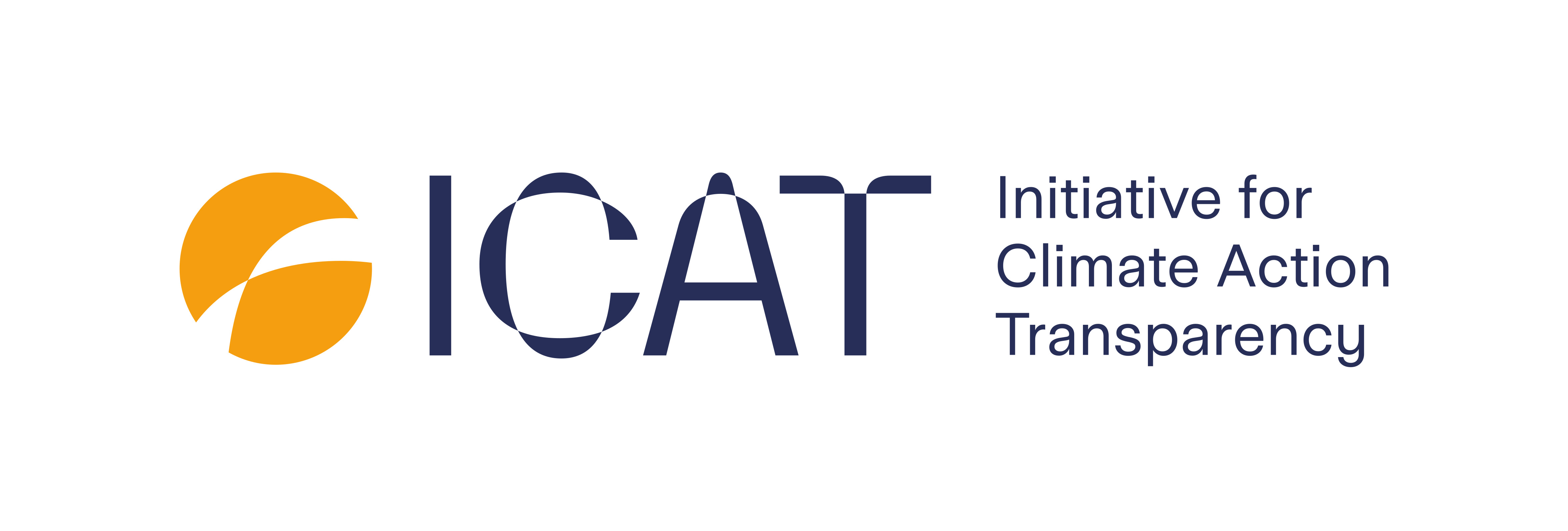ICAT has launched three new guides targeted at climate change decision makers leading adaptation policies and projects. By using the new guides, decision makers could effectively assess climate change adaptation project proposals, enhance measurement and evaluation (M&E) frameworks for adaptation activities to encompass local and non-State actors, and assess the impacts of losses and damages.
The need for countries to adapt to climate change is becoming more pressing as its impacts continue to accelerate: a steep change in the rate and scale of action is needed. M&E for adaptation is complex, since, unlike climate change mitigation which uses CO2-equivalents as a common metric, there are no universal metrics for adaptation. Different countries and regions experience different effects of climate change and hence need different monitoring frameworks. For adaptation interventions to be effective, they must be ‘bottom-up interventions’, developed according to the needs on the ground.
One of the new guides, Tracking Progress on the Ground, supports national governments to integrate subnational and non-state actors into the M&E of national adaptation policies. These actors often hold key data on adaptation actions and their results; it is therefore crucial that the framework, infrastructure and enabling environment exist to enable them to collect and share the data. To help governments achieve this integration, the guide details the barriers that often prevent subnational and non-state actors from participating in M&E systems and suggests a set of measures and good practices that can be implemented to overcome them.
Another of the three new guides – Fostering Successful Adaptation Projects – helps financial institutions involved in adaptation projects assess proposals, and understand whether the projects are likely to be successful, using ICAT’s Assessment Tool for Adaptation Project Proposals. The Excel-based tool uses a structured questionnaire helping to determine whether proposals address 19 key criteria for successful adaptation projects. The guide will help users work with the tool to make effective decisions around the allocation of funding to adaptation projects, and enable them to offer advice on how proposals can be improved.
Given the pace of observed climate change, national governments will inevitably need to manage the impacts of losses and damages caused by climate change. The final new guide in the series, Assessing Climate Change-driven Losses and Damages, helps governments do this. The guide specifically addresses climate change impacts that occur despite adaptation efforts (including when adaptation measures have been insufficient or ineffective) and covers both economic and non-economic losses and damages. Damages can include, for example, damaged infrastructure and reduced or lost harvests, while species extinction, loss of life and harm to human health are examples of losses (which are both irreversible and irreparable). For both losses and damages, the guide offers support for framing issues (namely, definitions and drivers of damages, direct versus indirect damages, and assessment levels). It guides the reader on the design elements of an assessment of damages and losses, and points them to the specialized literature for additional details. The guide thus forms a starting point to develop tools that go more in-depth for each individual sector or theme.
The guides were developed through an ICAT project coordinated by UNEP Copenhagen Climate Centre with input from six countries: Bangladesh, Dominican Republic, India, Kenya, Panama, and South Africa.
Watch a webinar introducing all three guides here:



